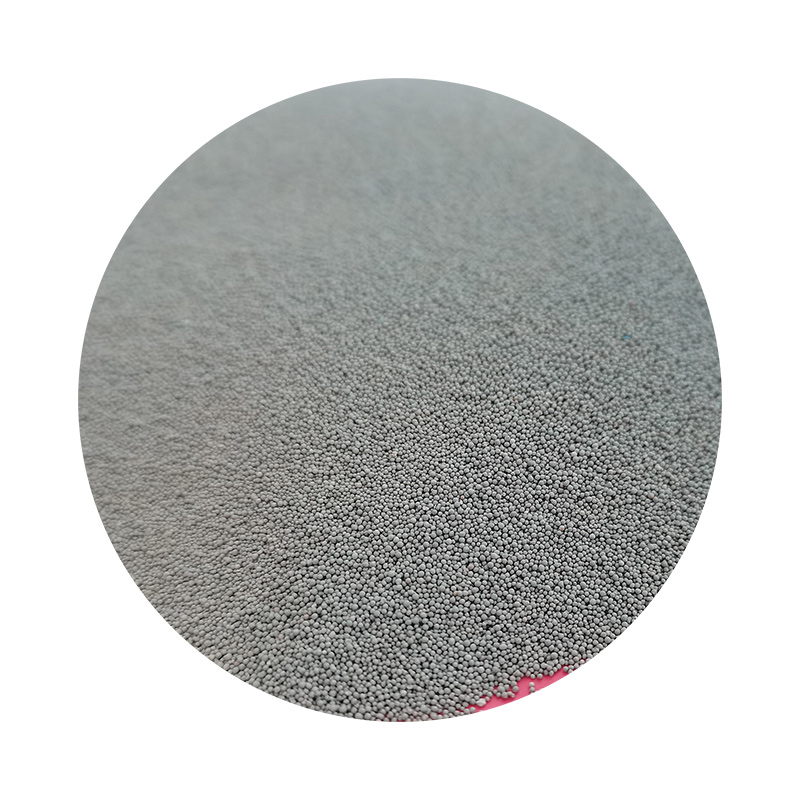The Art and Science of Sand Castings
Sand casting, one of the oldest and most versatile metal casting methods, has been employed for centuries to create a wide variety of metal components. This process involves creating a mold from sand, into which molten metal is poured to form parts. The simplicity and adaptability of sand casting make it a preferred choice for many industries, including automotive, aerospace, and art.
The Art and Science of Sand Castings
Once the mold is prepared, the next step involves creating a pattern, which is a replica of the desired final product. Patterns can be made from various materials, including metal, plastic, or wood, depending on the production requirements and the number of castings needed. When making the mold, the pattern is placed into the sand mixture, which is then compacted around it. After the mold halves are formed, the pattern is removed, leaving a cavity in the shape of the desired part.
sand castings

After the mold is created, the molten metal is poured into it. The type of metal used can vary widely; common choices include aluminum, iron, and bronze. The choice of metal can influence the properties of the final product, such as strength, malleability, and resistance to corrosion. As the molten metal fills the cavity, it takes on the shape of the mold and begins to cool and solidify.
Once the metal has cooled sufficiently, the sand mold is broken away to reveal the cast part. This is often the most exciting moment in the sand casting process, as the intricate details and features of the design are revealed. Post-casting operations, such as trimming, machining, or surface finishing, may be required to achieve the final specifications.
Despite its many advantages, sand casting does have its limitations. The tolerance levels achievable with sand casting are generally not as tight as those obtained through other methods, such as precision casting or die casting. Additionally, the surface finish might not be as smooth as desired for some applications. However, the ability to create large parts and complex geometries at a relatively low cost makes sand casting an attractive option, particularly for prototypes and small production runs.
In conclusion, sand casting is a time-honored manufacturing process that combines artistry with engineering. Its simplicity, cost-effectiveness, and adaptability to various materials make it a cornerstone of modern metalworking. As technology evolves, sand casting continues to innovate, integrating new techniques and materials to meet the ever-changing needs of various industries. Whether it’s a small component in a car engine or a large artistic sculpture, sand casting plays a vital role in the creation of metal objects that are both functional and aesthetically pleasing.
Post time:Вер . 16, 2024 01:21
Next:Can You Sand Resin? | Expert Tips and Techniques
